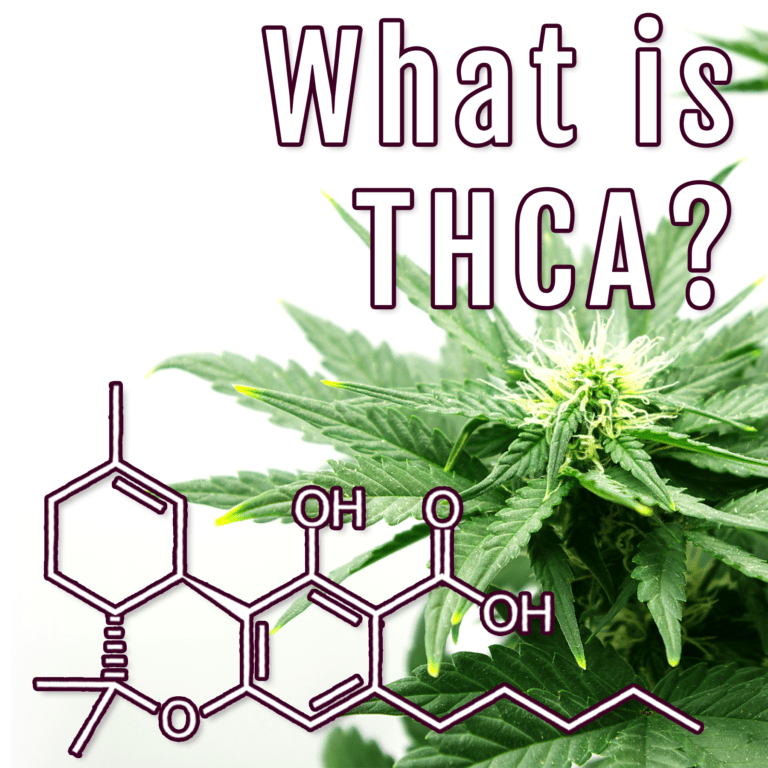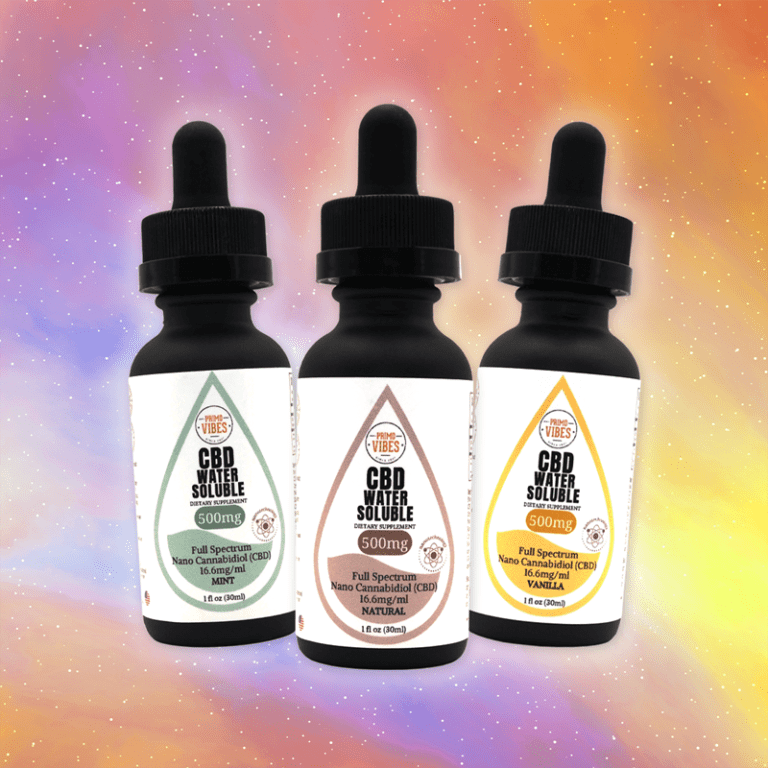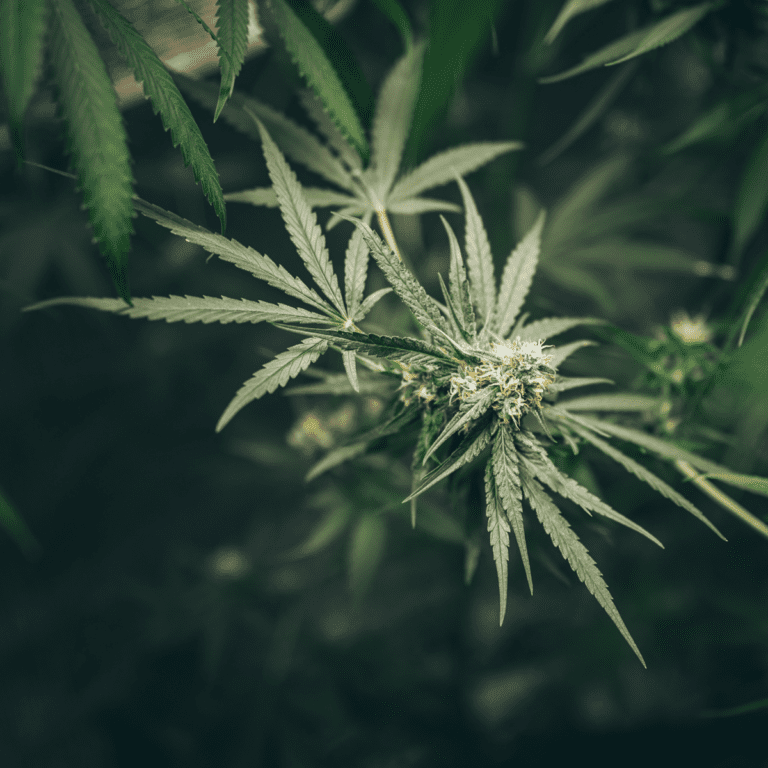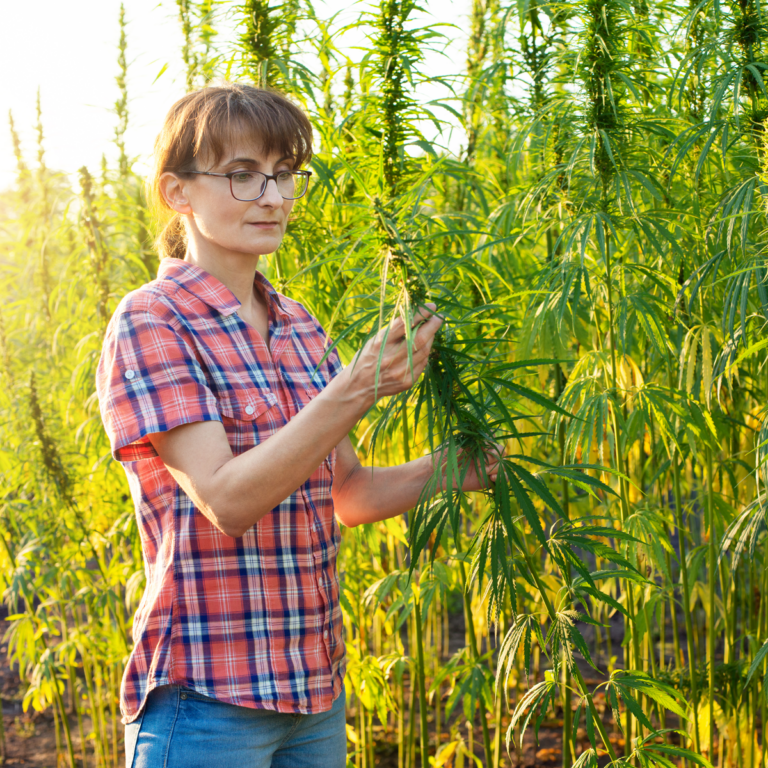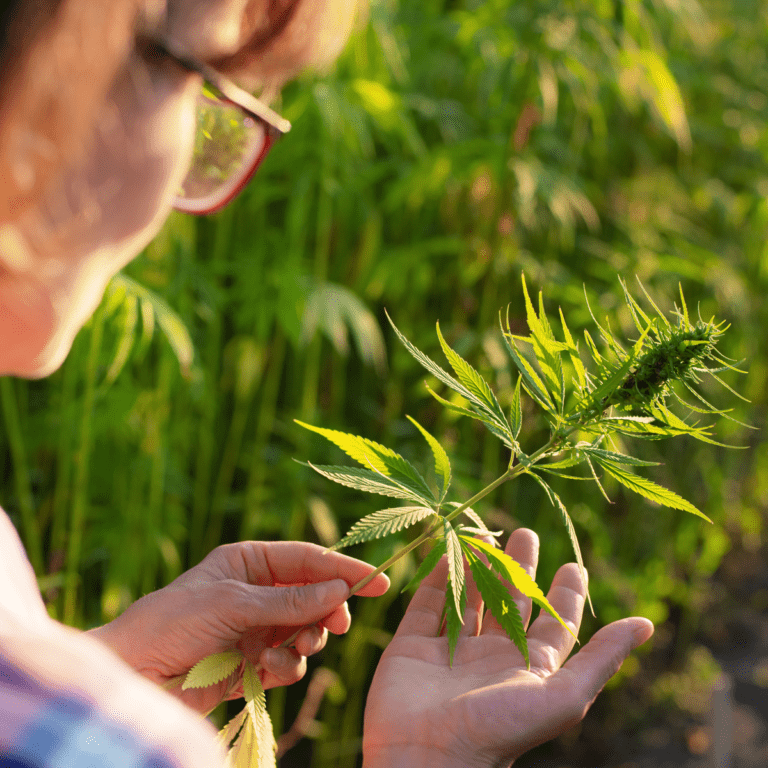How Can Hemp Help Repair Soil?
Over the past decade, climate change and sustainable farming practices have taken center stage in global discussions. While some advocates emphasize developing renewable energy sources, others focus on conserving water. In truth, there are countless ways to contribute to a healthier planet for future generations, and one remarkable option is hemp.
Hemp is a versatile plant with a wide range of benefits. The growing availability of biomass has fueled cannabinoid research in the medical field, uncovering new therapeutic possibilities. Hemp seeds provide a valuable source of protein and fiber, benefiting both humans and animals. Traditional products, often made from paper, can now be crafted from hemp fiber—and even building materials, like hempcrete, offer sustainable construction solutions.
With all these uses, how can hemp enhance sustainable farming practices and help restore soil quality?
It All Starts at the Roots
In the 1930s, the United States went through a devastating period known as the Dust Bowl. Due to a combination of drought and unsustainable farming practices, vast stretches of farmland experienced severe soil erosion. As the Library of Congress notes, “Farmers plowed the prairie grasses and planted dry land wheat. With growing demand for wheat, cattle grazing decreased, and millions more acres were plowed and planted.”
This large-scale destruction of prairie grasses left the soil vulnerable to natural forces, particularly the strong winds common in states like Kansas and Oklahoma. The result was a catastrophic sequence of events that has since been memorialized in American art and literature.
When native vegetation is removed, the soil becomes exposed to erosion. However, sound agricultural practices—including planting native or deep-rooted crops, like hemp—can play a key role in reinforcing and protecting soil from erosion.

How Hemp Repairs Soil: A New Era of Sustainable Agriculture
Beyond stabilizing soil, hemp plays a pivotal role in soil restoration by absorbing and storing harmful substances like heavy metals, pesticides, and other pollutants. This natural process, known as phytoremediation, allows the plant to pull contaminants from the soil into its tissues, which are then harvested for disposal or potential use.
For instance, a 2020 study in GCB Bioenergy highlighted that “hemp is capable of phytoextraction of heavy metals and radionuclides, with contaminants distributed throughout the entire hemp plant in varying concentrations.”
The Latest Research
Recent studies are delving deeper into hemp’s effectiveness in soil remediation. In 2022, researchers from the USDA-ARS-Western Regional Research Center in California confirmed that industrial hemp can extract heavy metals from the soil. Their findings suggest that “hemp has deep roots and is tolerant to metal accumulation, with the added benefit that its biomass has commercial applications post-harvest.”
With hemp’s legal status expanding and biomass availability increasing, research into hemp’s soil-restorative capabilities has advanced significantly. More accessible seeds and young plants have allowed researchers to explore new possibilities.
The Takeaway
Hemp is a powerful tool for soil repair and preservation, offering promising results in removing toxic substances from soil and aiding in erosion prevention. But an essential question remains: what’s next for the harvested hemp? As scientists explore the most viable uses for post-harvest hemp, it’s clear that this is just the beginning of hemp’s story in sustainable agriculture.

